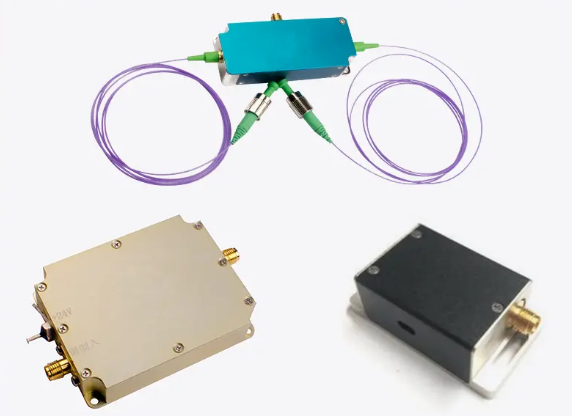What Are the Key Factors to Consider When Selecting a Narrow Linewidth Laser?

When selecting a narrow linewidth laser, several key factors should be considered to ensure that it meets the specific requirements of the application. These factors include:
l Linewidth: The required linewidth depends on the application. For example, high-resolution spectroscopy may require a linewidth of less than 1 MHz, while less demanding applications may be able to tolerate a wider linewidth.
l Output power: The laser's output power should be sufficient for the intended use. For example, a laser used for cutting or drilling materials will require a higher output power than a laser used for spectroscopy.
l Wavelength: The laser's wavelength should be appropriate for the application. For example, a laser used for eye surgery will typically have a wavelength of 1064 nm, while a laser used for material processing may have a wavelength of 532 nm.
l Stability: The laser's frequency and power should be stable over time. This is particularly important for applications that require precise control of the laser's output, such as interferometry and holography.
l Cost: The cost of the laser is an important consideration, especially for large-scale applications. There are a wide range of narrow linewidth lasers available, with varying costs depending on the specifications and features.
- Art
- Causes
- Crafts
- Dance
- Drinks
- Film
- Fitness
- Food
- Juegos
- Gardening
- Health
- Inicio
- Literature
- Music
- Networking
- Otro
- Party
- Religion
- Shopping
- Sports
- Theater
- Wellness


